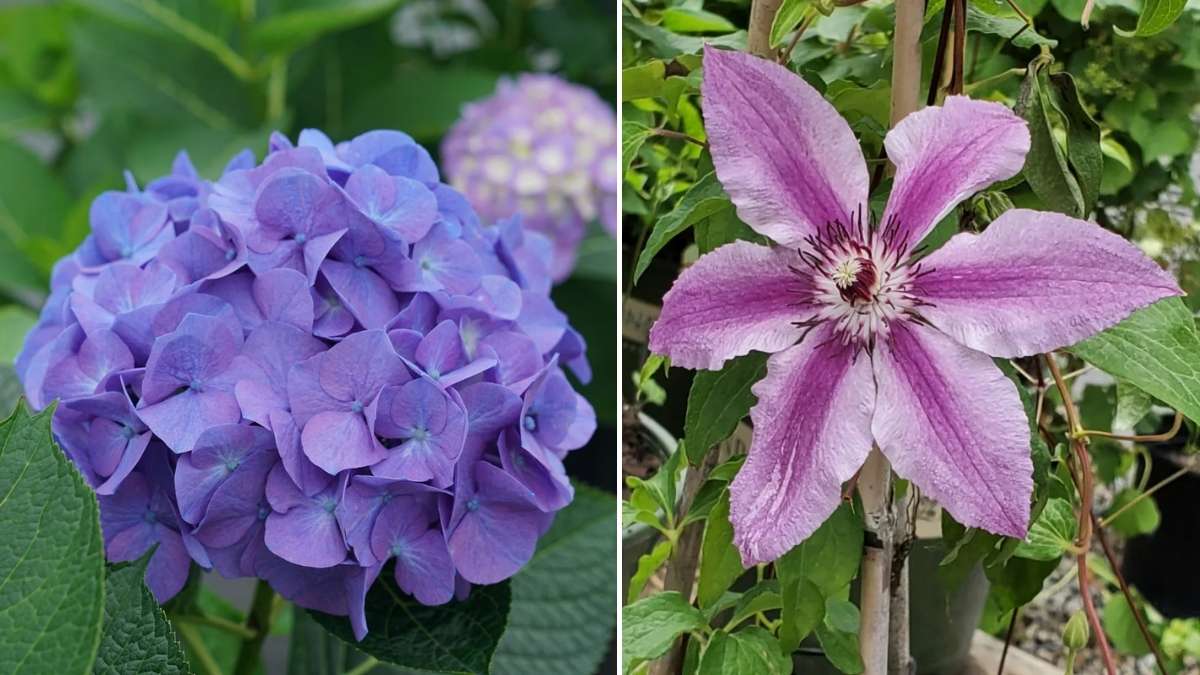When autumn arrives, many gardeners get the urge to tidy up their gardens. The cool air and falling leaves often inspire a burst of outdoor activity pulling weeds, cleaning flower beds, and trimming overgrown plants. While it’s true that some pruning helps plants stay healthy, cutting back certain ones in October can do more harm than good.
Many popular plants prepare their buds for next year’s blooms during late summer and early fall. Pruning them now may remove those buds, leaving your garden bare when spring comes. To help you avoid that mistake, here are ten plants you should never prune in October and the reasons why patience pays off.
1. Hydrangeas
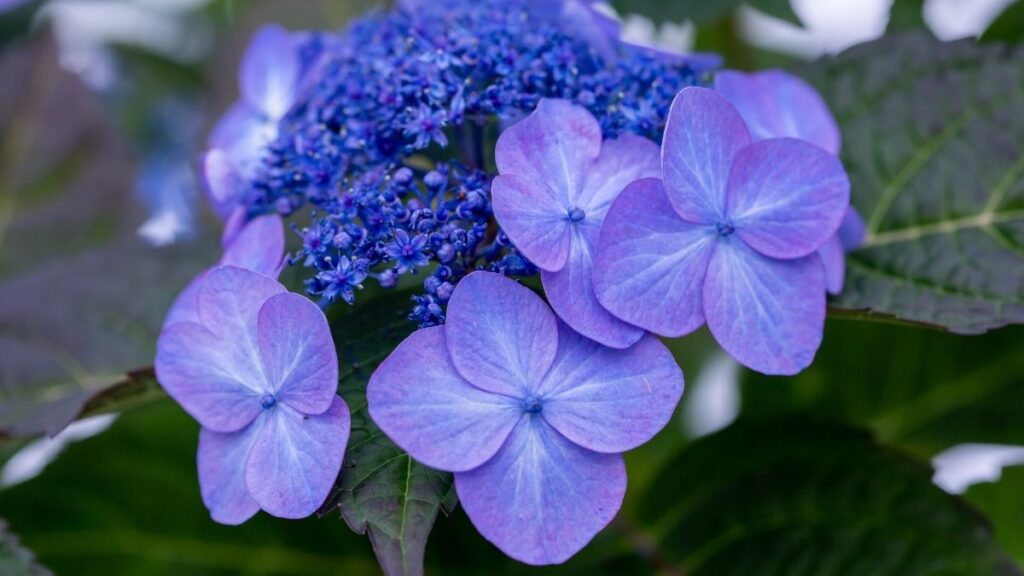
Hydrangeas are loved for their large, colorful flower clusters, but they are also among the most commonly over-pruned plants. In October, hydrangeas are often setting buds for the following year’s blooms. Cutting them back now removes those future flowers.
If you want to enjoy full blooms in spring and summer, keep these tips in mind:
- Avoid pruning mophead and lacecap hydrangeas in fall.
- Wait until after they finish blooming next year.
- Remove only dead or damaged wood in early spring.
Different types of hydrangeas have different growth habits, so it helps to identify your variety before pruning.
2. Lilacs
Lilacs fill the air with their sweet fragrance every spring, but pruning them in October is a sure way to lose those beloved blossoms. These shrubs develop flower buds soon after their early-summer blooms fade, meaning fall pruning will cut off the buds before they even have a chance to open.
The right time to prune lilacs is:
- Immediately after they finish blooming in early summer.
- Lightly shape the plant and remove old wood to encourage new growth.
Pruning right after flowering gives lilacs time to form new buds before winter arrives.
3. Forsythia
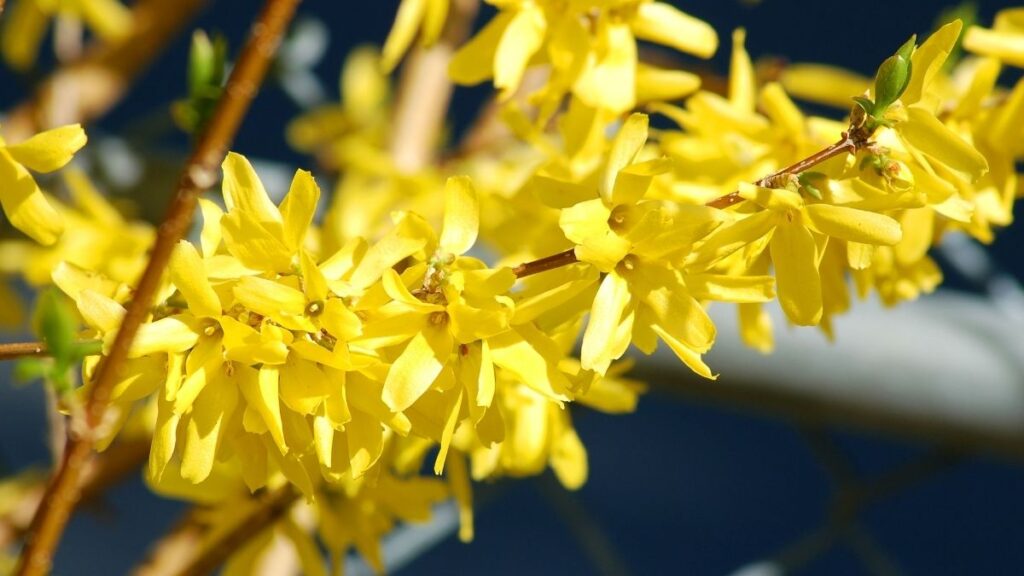
Forsythia is one of the first shrubs to announce spring with its bright yellow flowers. However, those cheerful blooms come from buds that form on old wood during late summer. If you prune in October, you’ll remove those buds and have nothing but green leaves next spring.
For best results:
- Wait until the flowers fade in late spring before pruning.
- Trim back about one-third of the oldest stems to encourage new, strong growth.
Forsythia responds well to pruning at the right time, but cutting it too early will rob your garden of its early spring color.
4. Rhododendrons and Azaleas
These evergreen and deciduous shrubs bring bold color to gardens, but like forsythia, they set their flower buds right after blooming. Pruning rhododendrons and azaleas in October removes those buds and can leave the plant vulnerable to cold damage.
Instead of pruning in fall:
- Wait until after they finish blooming in late spring or early summer.
- Remove only dead or weak branches.
- Avoid heavy shaping, which can stress the plant.
Rhododendrons and azaleas prefer mild conditions, and late pruning helps them recover before the next growing season.
5. Clematis
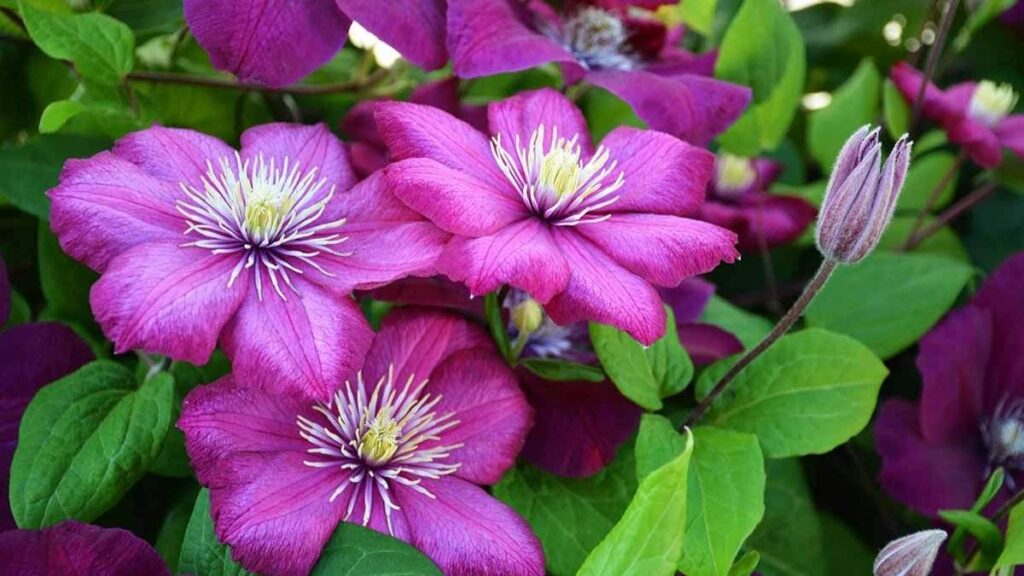
Clematis vines are stunning climbers, but pruning them at the wrong time can stop them from flowering. The timing depends on the type of clematis you have:
- Early-flowering varieties bloom on old wood and should never be pruned in October.
- Late-flowering varieties bloom on new growth and can be safely trimmed in early spring.
If you’re unsure which type you have, it’s safest to wait until spring when new growth starts to appear. Prune carefully and only remove dead or tangled stems.
6. Spring-Flowering Bulbs
Plants like daffodils, tulips, crocuses, and hyacinths don’t need pruning at all in October. After they bloom, their leaves collect sunlight and send nutrients back into the bulbs to prepare for next year’s flowers. Cutting off those leaves too soon weakens the bulbs.
Here’s what to do instead:
- Let the foliage turn yellow naturally before removing it.
- Avoid tying or braiding the leaves, as this restricts photosynthesis.
- Feed the bulbs lightly with compost or bulb fertilizer after flowering.
Patience now will reward you with a carpet of blooms next spring.
7. Roses
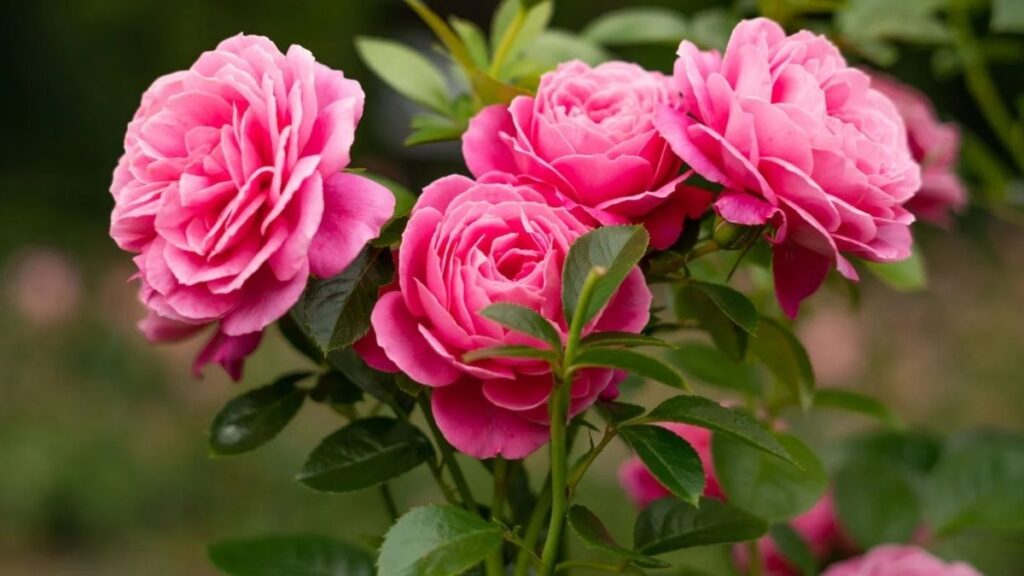
Roses often tempt gardeners to prune early, but heavy pruning in October can be risky. When you cut back rose stems during fall, you may encourage new growth that won’t survive frost or freezing temperatures. This weakens the plant and reduces next season’s blooms.
In October:
- Only remove dead, diseased, or crossing stems.
- Wait until late winter or early spring for major pruning.
- Mulch around the base to protect the roots from cold weather.
Proper timing keeps your roses strong and full of blooms year after year.
8. Wisteria
Wisteria vines are famous for their cascades of purple or white flowers, but pruning them in October will remove the buds forming for next season’s show. This plant produces buds on old wood in late summer, so trimming in fall means no flowers in spring.
Follow this routine instead:
- Prune right after flowering in midsummer to control shape and size.
- Lightly trim again in late winter, removing unwanted shoots.
This two-step approach keeps wisteria tidy without sacrificing its magnificent spring display.
9. Fruit Trees
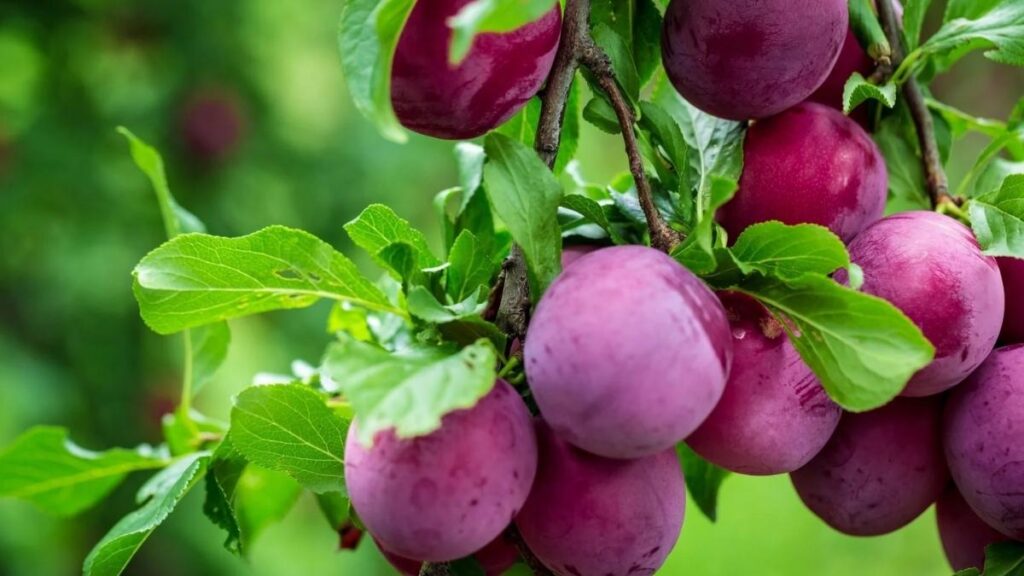
Apple, pear, plum, and cherry trees should be left alone in October. Fall pruning can trigger new growth just before the frost, leaving those tender shoots exposed to winter damage. Open wounds from pruning also heal slowly in cold weather, making trees more vulnerable to disease.
Here’s the right pruning schedule:
- Wait until late winter or early spring, before new buds swell.
- Remove crossing branches and dead wood.
- Keep the center of the tree open for better air circulation.
A little patience now ensures healthier trees and better fruit harvests later.
10. Butterfly Bush
The butterfly bush is a hardy, fast-growing shrub that attracts pollinators, but pruning it in October can cause problems. Cutting it back too early often triggers new shoots that will die in the cold, weakening the plant overall.
Instead:
- Leave the plant uncut through winter to protect its base.
- Prune it hard in early spring, once the frost is gone.
This timing encourages strong, healthy growth and abundant summer blooms.
Why Timing Your Pruning Matters
Pruning isn’t just about keeping your garden neat it directly affects how your plants grow, flower, and survive through the seasons. Each plant has its own rhythm, and cutting at the wrong time can:
- Remove flower buds that were already formed for next season.
- Stimulate new growth that will freeze during winter.
- Expose plants to frost damage or infection.
By learning when each species should be pruned, you’re helping your garden stay balanced and naturally strong.
What You Can Do in October Instead
Even though some plants shouldn’t be pruned now, there are still plenty of productive garden tasks you can tackle in October. This is a great time to prepare your garden for winter while setting the stage for spring success.
You can:
- Rake fallen leaves and add them to your compost pile.
- Spread mulch around perennials to insulate their roots.
- Plant spring bulbs like tulips and daffodils before the first frost.
- Cut back herbaceous perennials that have finished flowering.
- Water trees and shrubs deeply before the ground freezes.
Focusing on these tasks instead of pruning helps your garden stay healthy and ready to burst into color when spring arrives.
Final Thoughts
A thriving garden doesn’t just happen it’s the result of good timing, observation, and care. While it may feel satisfying to cut everything back in autumn, holding off on pruning certain plants can make a huge difference when the weather warms up again.
By avoiding pruning these ten plants in October, you’re protecting next year’s blooms and giving your garden the best chance to flourish. Remember, gardening is as much about patience as it is about hard work. Let your plants rest through the colder months, and you’ll be rewarded with a lush, colorful, and thriving spring garden that makes all your waiting worthwhile.

